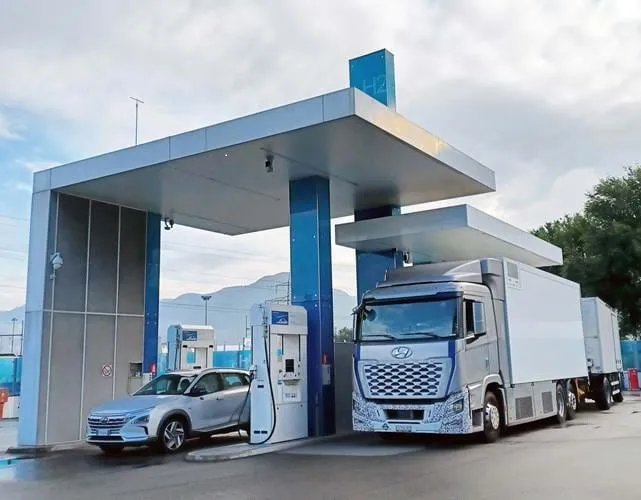According to a study by Pike Research of the market opportunity for telematics in plug-in electric vehicles (PEVs), the annual revenue from sales of EV telematics will reach US$1.4 billion by 2017. Pike Research says that for electric vehicles, telematics can deliver information on electric usage, pricing, and state of charge to owners as well as helping drivers to check on the battery, the charge rate and even assist them to find the nearest charging station. The technology is likely to play a crucial role
March 23, 2012
Read time: 2 mins
According to a study by Pike Research of the market opportunity for telematics in plug-in electric vehicles (PEVs), the annual revenue from sales of EV telematics will reach US$1.4 billion by 2017. Pike Research says that for electric vehicles, telematics can deliver information on electric usage, pricing, and state of charge to owners as well as helping drivers to check on the battery, the charge rate and even assist them to find the nearest charging station. The technology is likely to play a crucial role in the development of the electric vehicle market.
Telematics systems for PEVs come in two varieties: basic telematics and connected vehicle telematics. According to the analysis, drivers of electric vehicles tend to prefer more elaborate connected vehicle telematics. The analysis also indicates that 80 per cent of PEVs will install connected vehicle systems by 2017. Those costlier packages will push average revenue per user (ARPU) for electric vehicle telematics to $13.27 by 2017, up from $10.65 now.
According to Pike Research, nearly 90 per cent of plug-in electric vehicles sold this year include at least a basic telematics package, and that percentage will likely grow to 94 per cent by 2017. Major suppliers of EV telematics will be wireless equipment manufacturers coming from outside the automotive industry. These manufactures are expected to endure a ‘culture shock’ according to some automobile insiders as automakers generally target an 8 to 10-year lifespan for wireless equipment, as opposed to the 2 to 3-year lifespan for wireless devices that the outside manufactures are used to producing. In order to ensure long-term compatibility with the wireless network, most hardware manufacturers are targeting 3G services with their modems.
Telematics systems for PEVs come in two varieties: basic telematics and connected vehicle telematics. According to the analysis, drivers of electric vehicles tend to prefer more elaborate connected vehicle telematics. The analysis also indicates that 80 per cent of PEVs will install connected vehicle systems by 2017. Those costlier packages will push average revenue per user (ARPU) for electric vehicle telematics to $13.27 by 2017, up from $10.65 now.
According to Pike Research, nearly 90 per cent of plug-in electric vehicles sold this year include at least a basic telematics package, and that percentage will likely grow to 94 per cent by 2017. Major suppliers of EV telematics will be wireless equipment manufacturers coming from outside the automotive industry. These manufactures are expected to endure a ‘culture shock’ according to some automobile insiders as automakers generally target an 8 to 10-year lifespan for wireless equipment, as opposed to the 2 to 3-year lifespan for wireless devices that the outside manufactures are used to producing. In order to ensure long-term compatibility with the wireless network, most hardware manufacturers are targeting 3G services with their modems.








